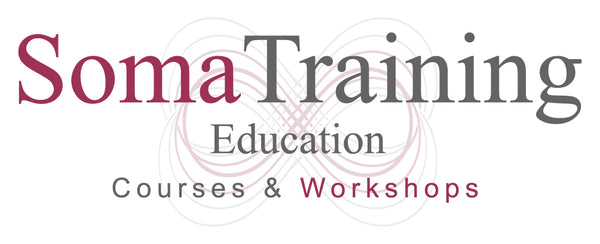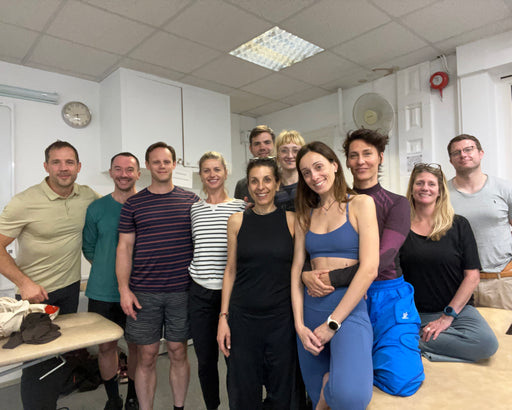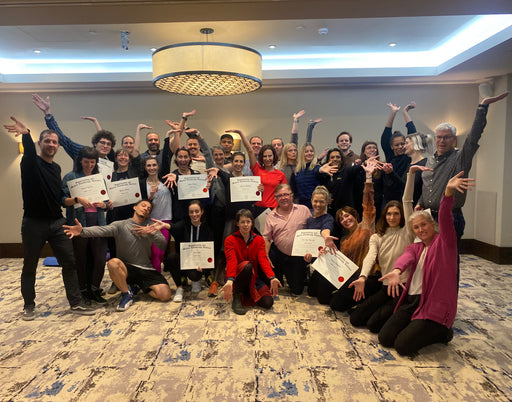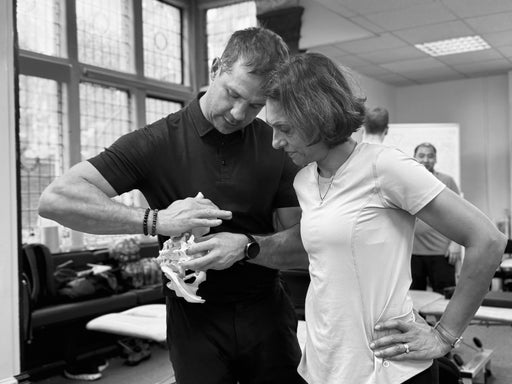Congrats on adding a Flexi section! 🎉 Go to App Embeds on the left hand side if the screen in theme settings to remove this banner. Make sure "Flexi Sections" is enabled.
"The SomaTherapy program aspires to develop the most skilled practitioners, through the process of treatment of the joints, the fasciae and neurovascular systems with manual facilitation to enhance optimum motor control and human function."
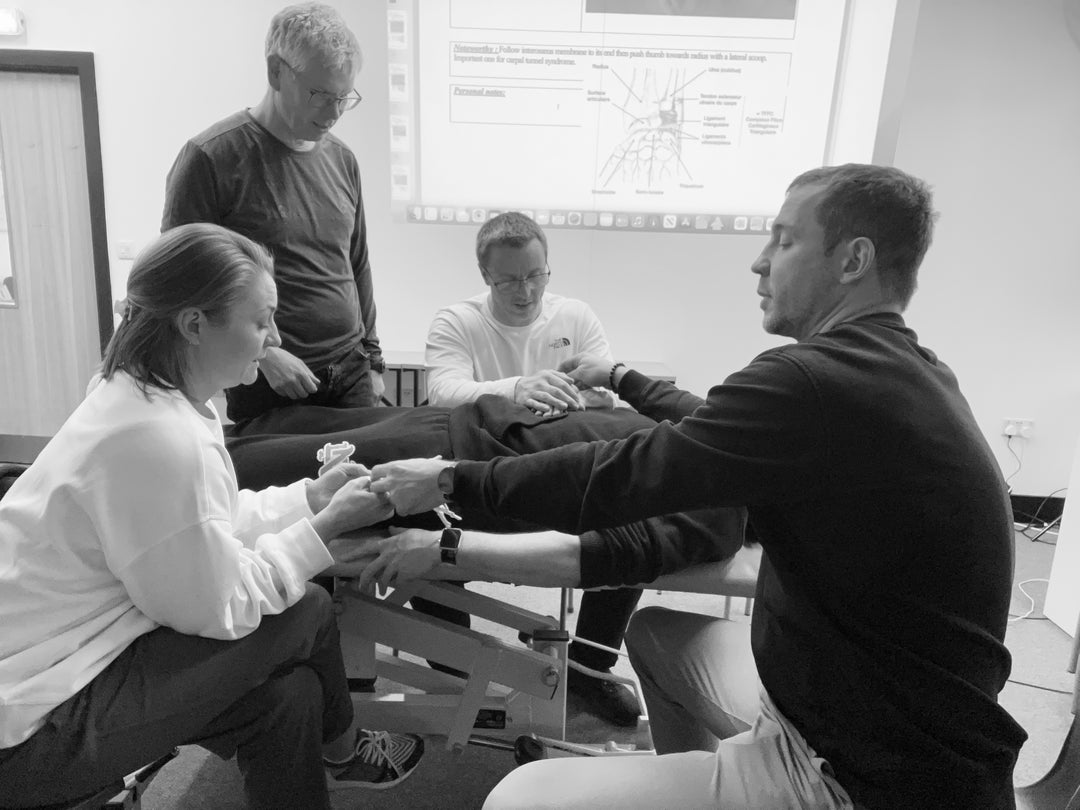
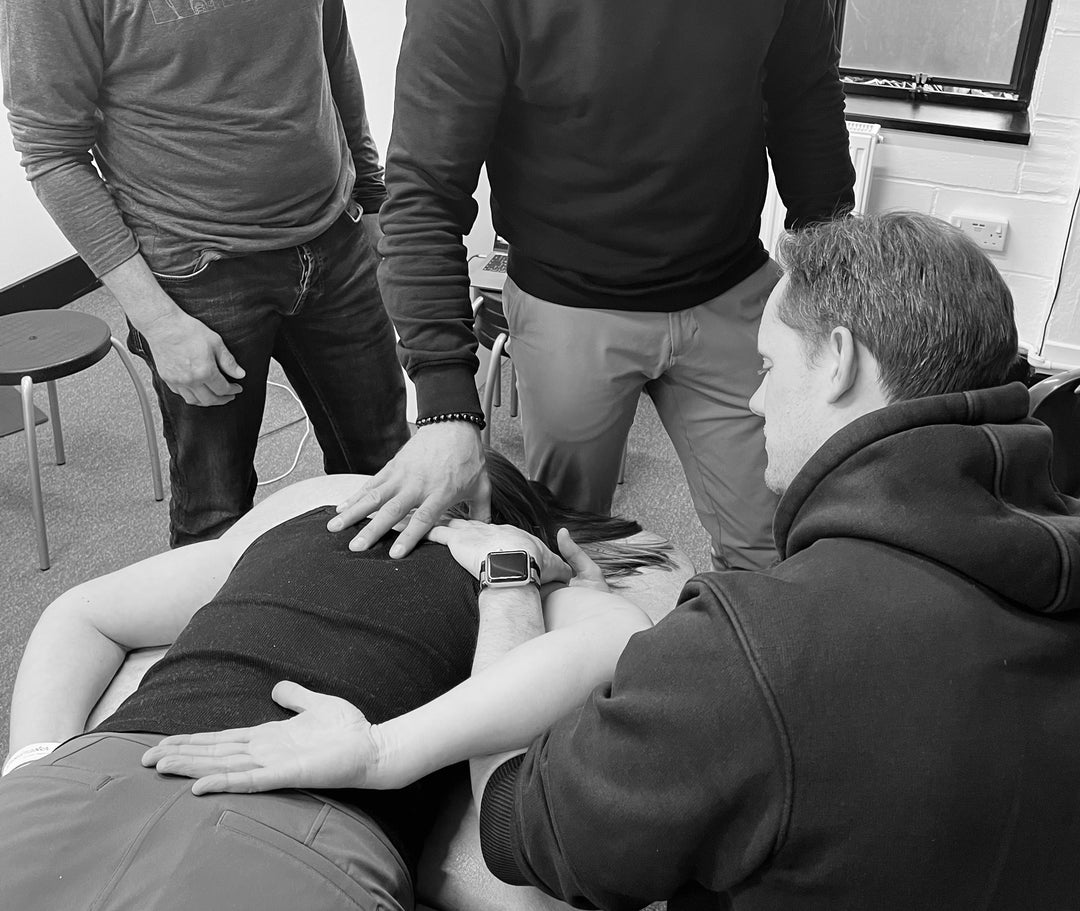
The SomaTherapy program is a specialized manual therapy program targeted at the treatment of the human fascial system. The program is based on osteopathic principles and Manual Etiotherapy principles, Guy Voyer’s studies on the fasciae as an anatomist and his clinical experience as an osteopath. It is a clinician-based curriculum designed to teach the fundamentals of normalizing fluid flow in all fasciae and joints throughout the body.
Congrats on adding a Flexi section! 🎉 Go to App Embeds on the left hand side if the screen in theme settings to remove this banner. Make sure "Flexi Sections" is enabled.
Improve your practical understanding of anatomy and biomechanics
Refine your palpation skills and therapeutic touch
Improve your diagnostic skills, biomechanical reasoning and therapeutic outcome
OSTEOARTICULAR PUMPING
OSTEOARTICULAR PUMPING MODULES - Foundation of SomaTherapy
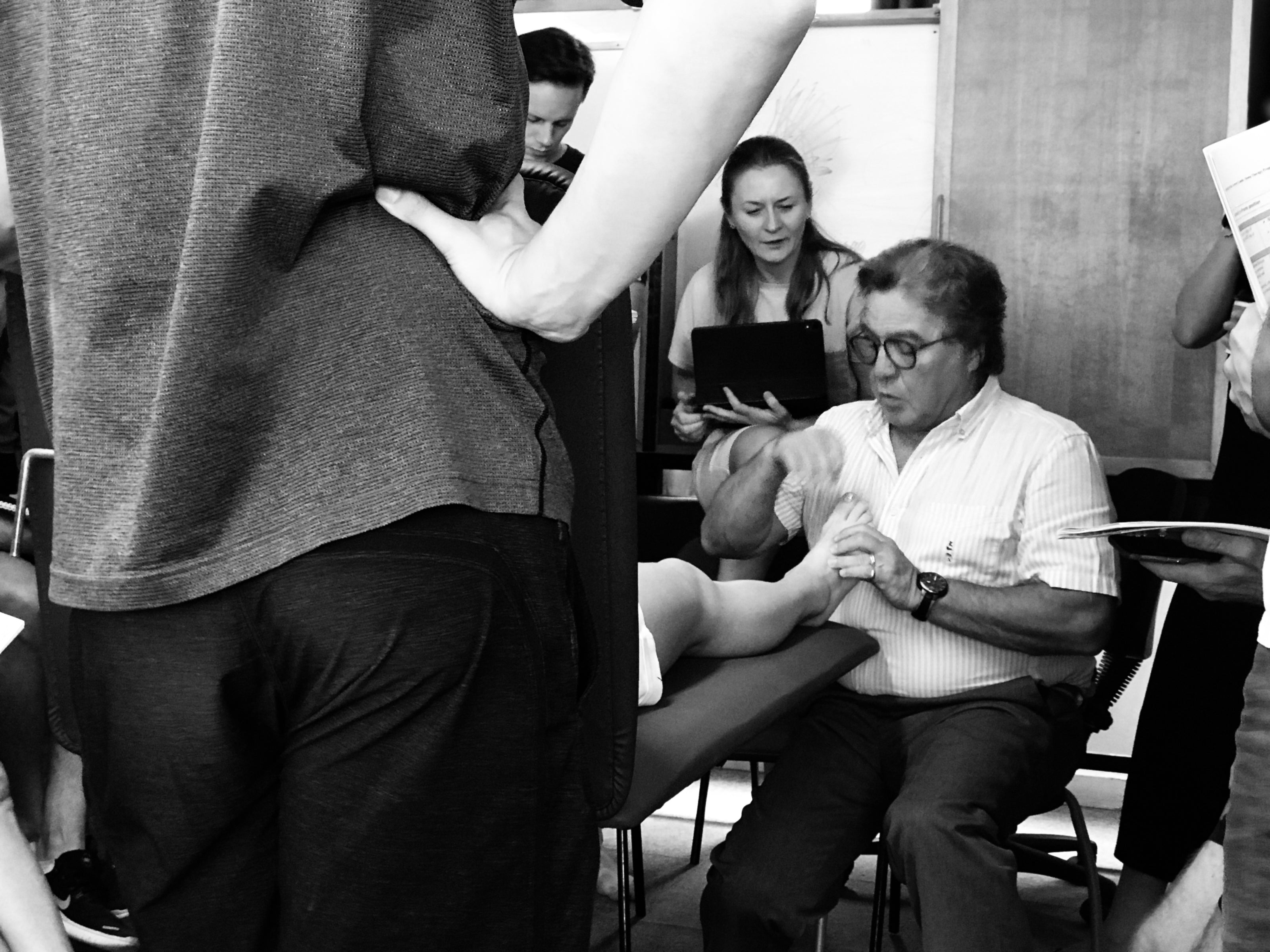
Osteoarticular Pumping of the Lower Limb - 11-12th of October 2025
You will learn over 50 targeted manual therapy techniques to treat the joints and relational fascial anatomy of the joints of the lower limb. LEARN MORE
Osteoarticular Pumping of the Upper Limb & TMJ
You will learn over 50 targeted manual therapy techniques to treat the joints and relational fascial anatomy of the joints of the upper limb and temporomandibular joint. LEARN MORE
Osteoarticular Pumping of the Trunk & Pelvis
You will learn over 50 targeted manual therapy techniques to treat the joints and relational fascial anatomy of the joints of the pelvis, spine and ribcage. LEARN MORE
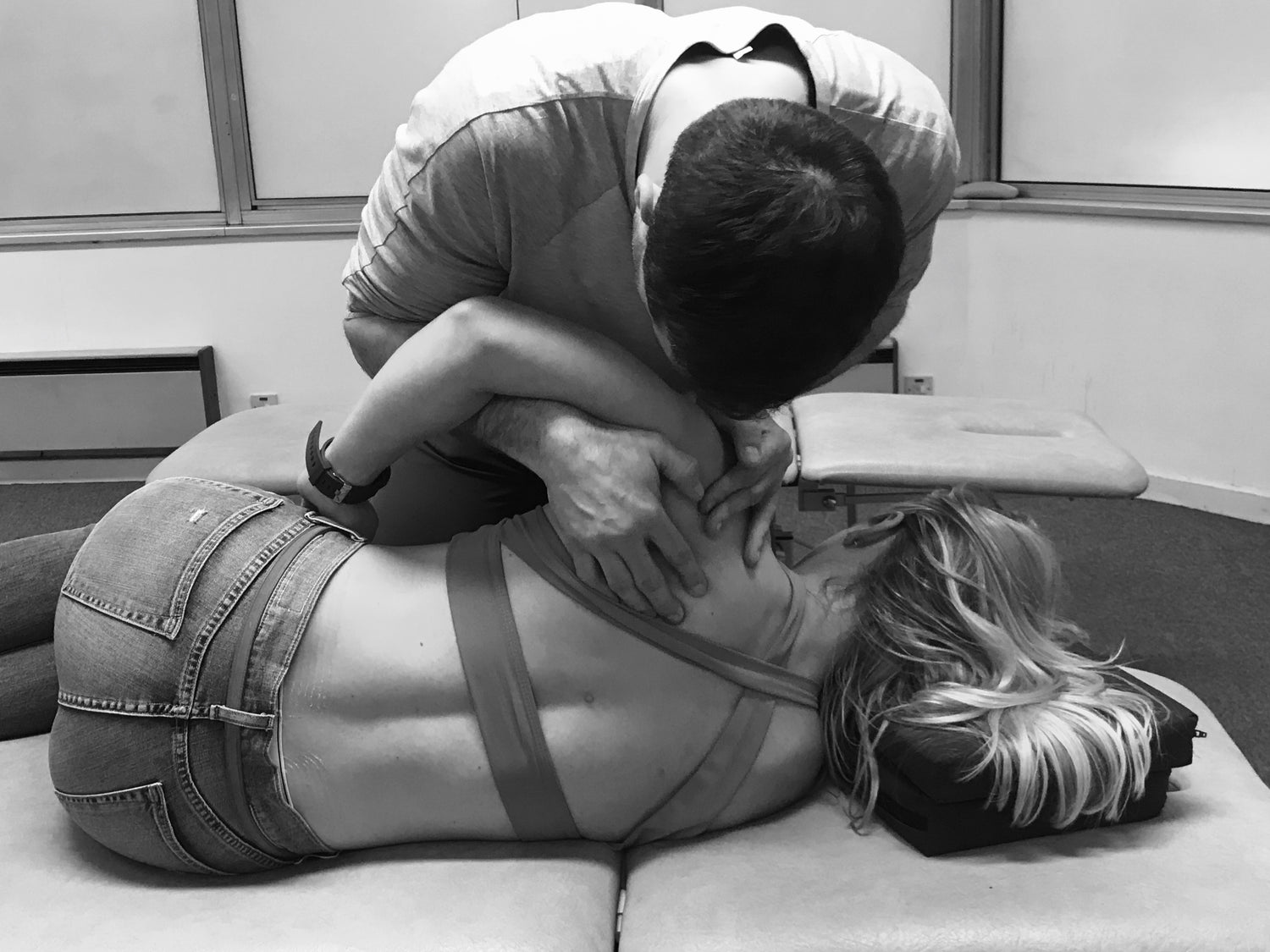
FASCIAL NORMALIZATION
FASCIAL NORMALIZATION MODULES - Treatment of entire fascial chains of Continuity and Contiguity
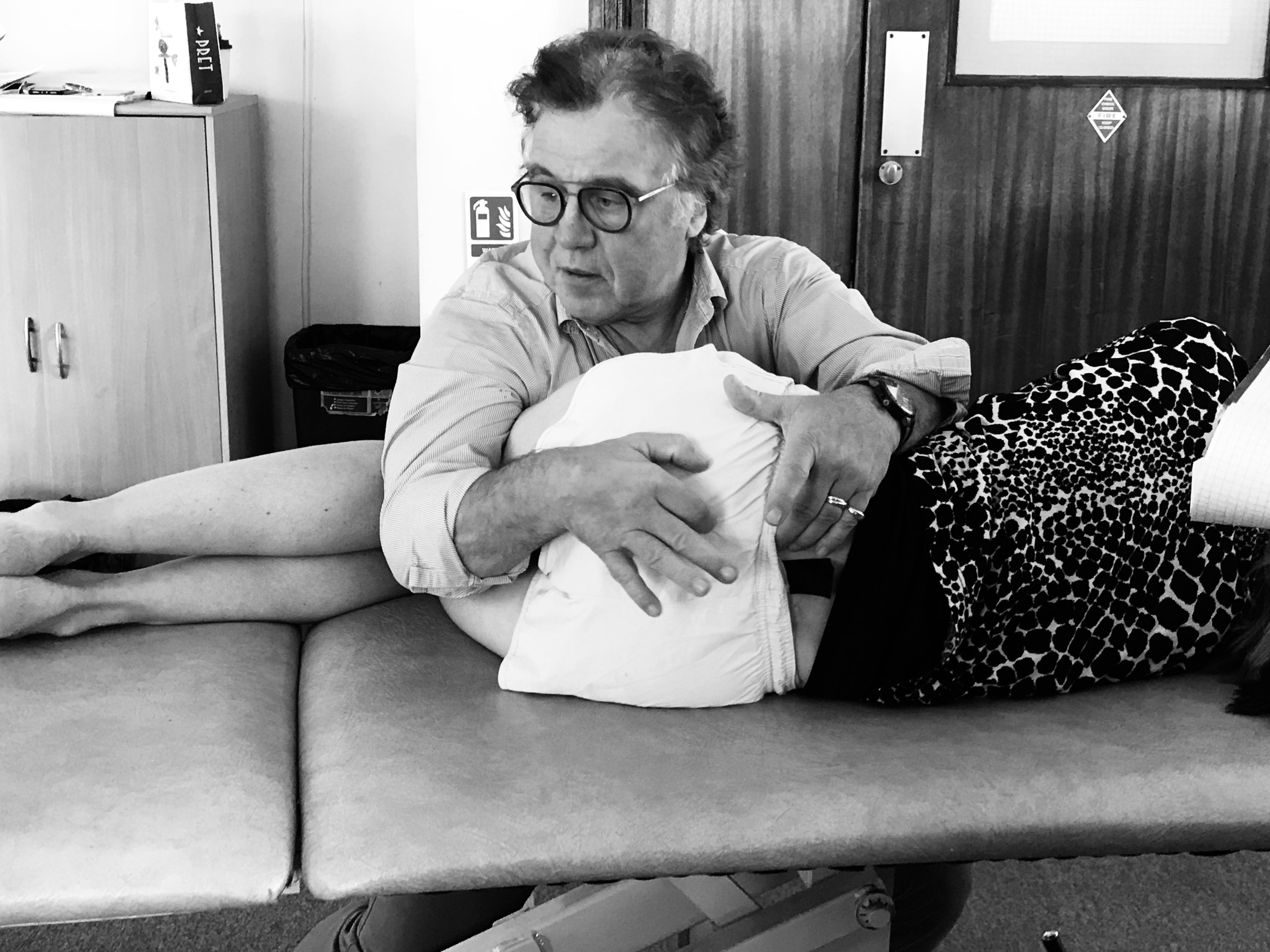
Fascial Normalization of the Lower Limb 12-13th of October 2025
The fascial normalisation of the Lower Limb course focuses on the intrinsic quality of the fasciae and will address many of the fascial chains of the Lower Limb analytically breaking down to their links. More details
Fascial Normalization of the Upper Limb & TMJ
The fascial normalisation of the Upper Limb & TMJ course focuses on the intrinsic quality of the fasciae and will address many of the fascial chains of the Upper Limb & TMJ analytically breaking down to their links. More details
Fascial Normalization of the Trunk & Pelvis
The fascial normalisation of the Trunk & Pelvis course focuses on the intrinsic quality of the fasciae and will address many of the fascial chains of the Trunk and pelvis analytically breaking down to their links. More details
TTLS
TRANSVERSE TENDINOUS & LIGAMENTOUS STRETCHING MODULES - TTLS addresses the structural needs and sensory functions of ligaments and tendons.
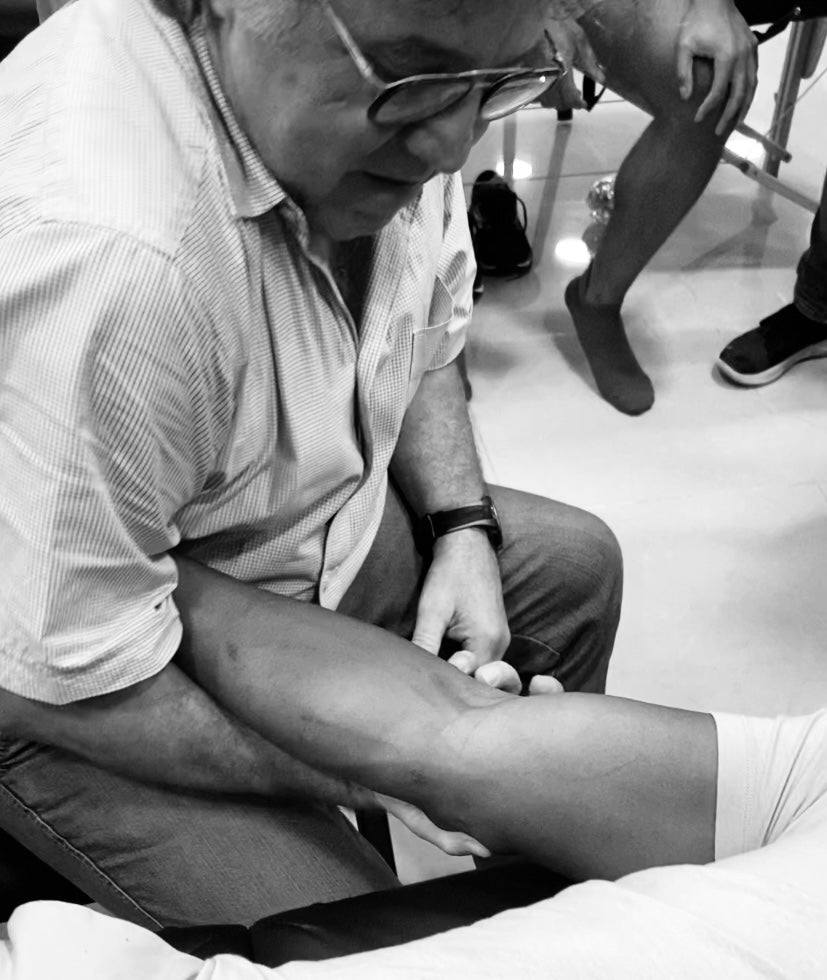
TTLS of the Lower Limb
TTLS is a technique that addresses the structural needs and sensory functions of tendons, ligaments and specific muscles of the lower limb. Its focus is to normalise mechanical tension in a contracted or shortened ligament, tendons and muscles by creating a temporary inhibition in their protective mechanism. More details
TTLS of the Upper Limb & TMJ
TTLS is a technique that addresses the structural needs and sensory functions of tendons, ligaments and specific muscles of the upper limb and TMJ. Its focus is to normalize mechanical tension in a contracted or shortened ligament, tendons and muscles by creating a temporary inhibition in their protective mechanism. More details
TTLS of the Trunk & Pelvis
TTLS is a technique that addresses the structural needs and sensory functions of tendons, ligaments and specific muscles of the pelvis, the spine and the ribcage. Its focus is to normalise mechanical tension in a contracted or shortened ligament, tendons and muscles by creating a temporary inhibition in their protective mechanism. More details
The 4 diaphragms
THE 4 DIAPHRAGMS - learn how to solve more complex imbalances that are seen throughout the body
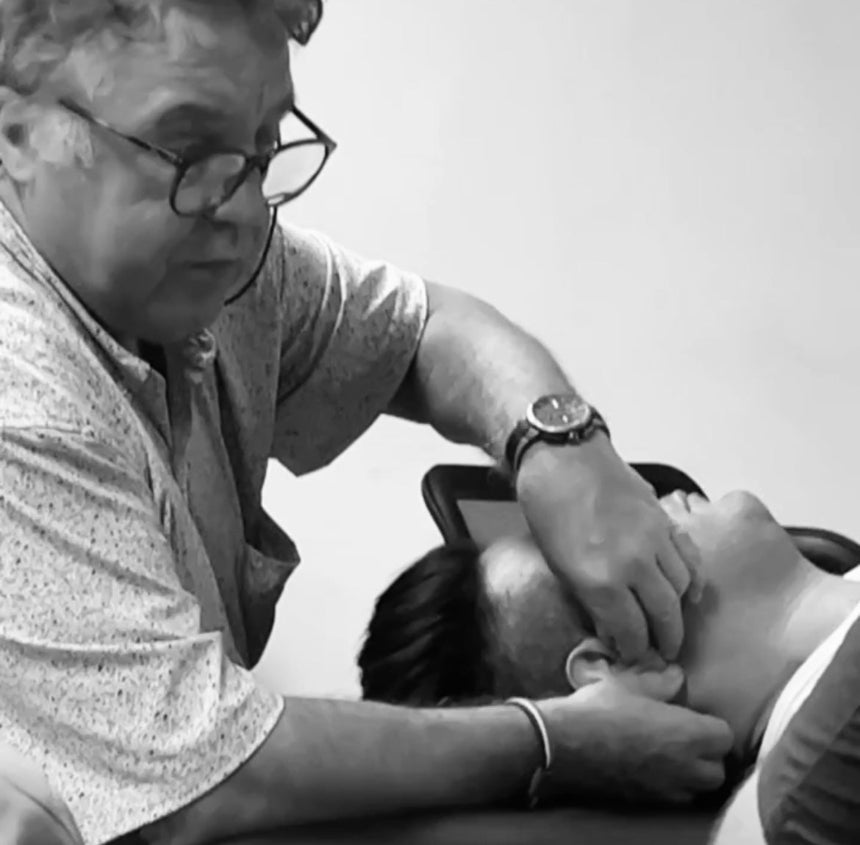
The Thoracic Diaphragm
The fundamental muscle of respiration, but also one of the main muscles of the body with multiple fascial relations with all the abdominal, thoracic and pelvis viscera. More details
The Cervicothoracic Diaphragm
Both vertical (Stylian diaphragm) and horizontal (Bourgery diaphragm), the Cervico-thoracic diaphragm has a role in both the posture of the cervical spine and the stability of the shoulder girdle. It is also related to the larynx, pharynx and thyroid. More details
The Pelvis Diaphragm
The stability of the pelvis, and therefore of the entire spine, depends on the stability of the perineum. This diaphragm manages the entire urogenital system. It is also is the floor of all the viscera of the body. During pregnancy and childbirth, the quality of its function is fundamental. More details
The Cranial Diaphragm
This roof of the body protects and connects the brain and the spinal cord. The movement of cerebrospinal fluid within the cranial ventricles must be normalised. Whatever the cause, sports or accidental, the treatment of concussions requires the rebalancing of the cranial diaphragm. More details
